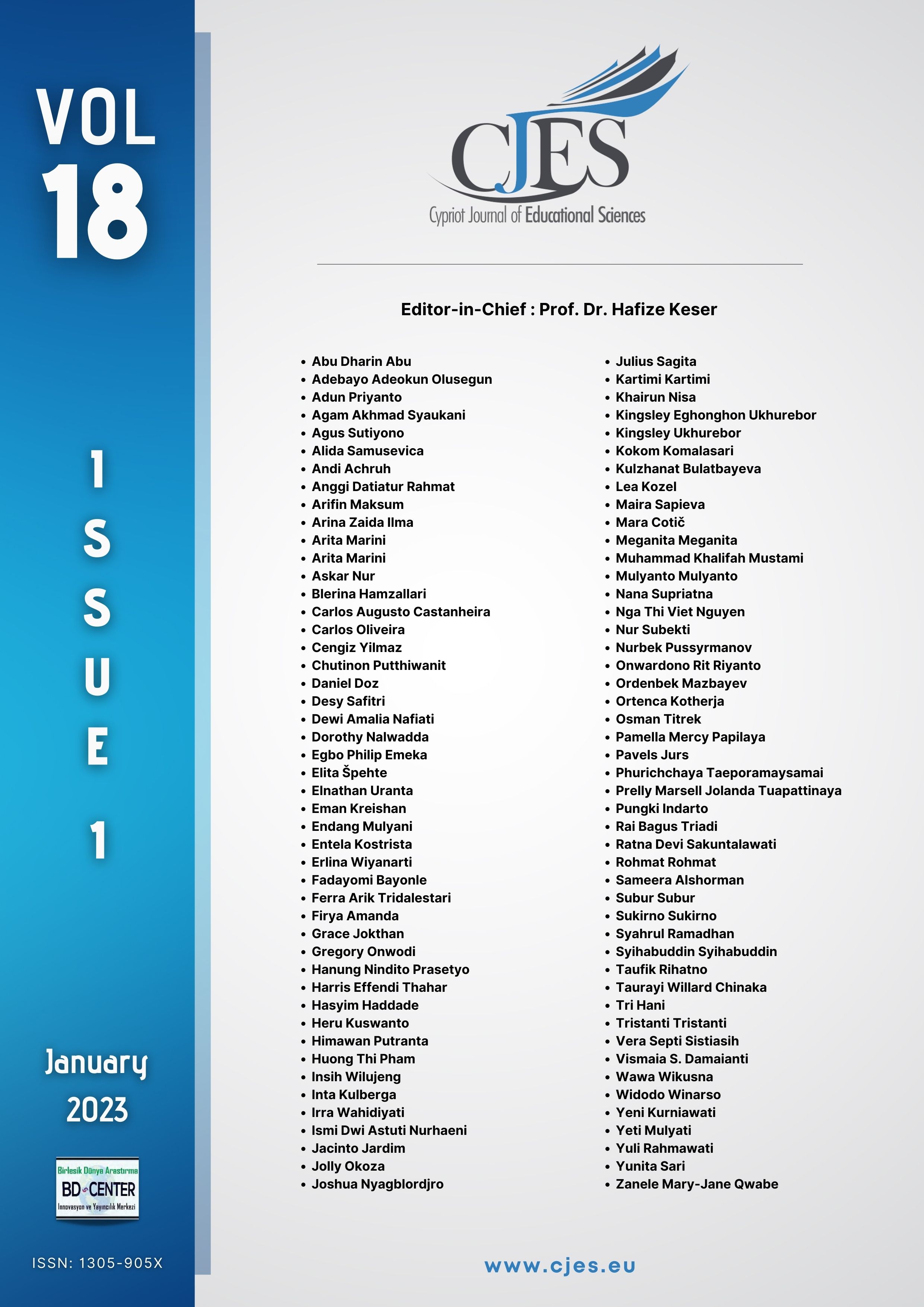Appraisal of E-Learning and students’ academic performance: A perspective from secondary schools
Main Article Content
Abstract
This study investigated the effects of electronic learning (e-learning) on the academic performance (AP) of students in selected secondary (high) schools. A cross-sectional survey was used in this study to get data regarding students’ AP. The study was limited to three e-learning platforms (Zoom, WhatsApp, and Google Classroom) which were used by the participants in the survey during the COVID-19 pandemic-induced lockdown. A quantitative statistical analysis was carried out on the gathered data using SPSS. Analyses showed that e-learning had a negative effect on the attitudes of students. Furthermore, the analysis revealed that the e-learning systems were not as effective as traditional face-to-face teaching due to factors such as poor network connectivity and lack of collaborative activities. Furthermore, it was discovered that the e-learning materials were not widely available and accessible to the participants. Finally, suggestions that would guide further studies and improve student AP were also recommended.
Keywords: Academic performance, E-learning, Learning, Student, School
Downloads
Article Details

This work is licensed under a Creative Commons Attribution 4.0 International License.
Cypriot Journal of Educational Sciences is an Open Access Journal. The copyright holder is the author/s. Licensee Birlesik Dunya Yenilik Arastirma ve Yayincilik Merkezi, North Nicosia, Cyprus. All articles can be downloaded free of charge. Articles published in the Journal are Open-Access articles distributed under a CC-BY license [Attribution 4.0 International (CC BY 4.0)].
Birlesik Dunya Yenilik Arastirma ve Yayincilik Merkezi (BD-Center)is a gold open-access publisher. At the point of publication, all articles from our portfolio of journals are immediately and permanently accessible online free of charge. BD-Center articles are published under the CC-BY license [Attribution 4.0 International (CC BY 4.0)], which permits unrestricted use, distribution, and reproduction in any medium, provided the original authors and the source are credited.

